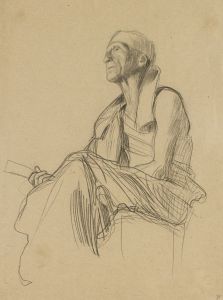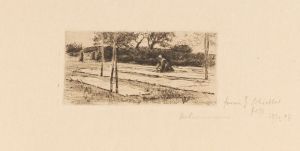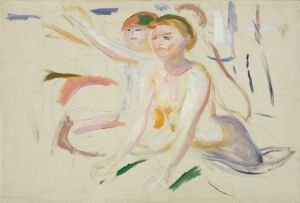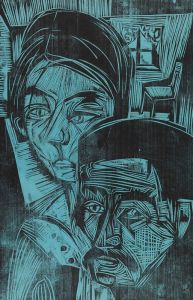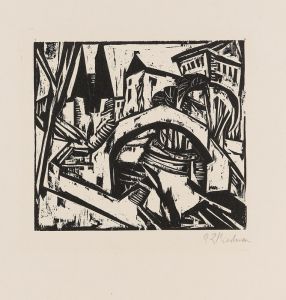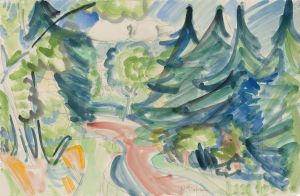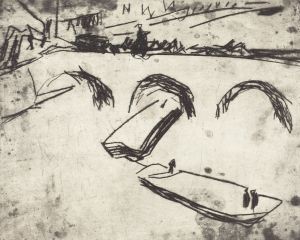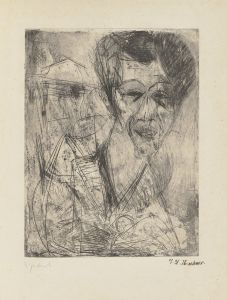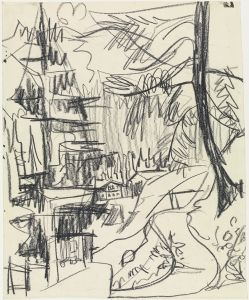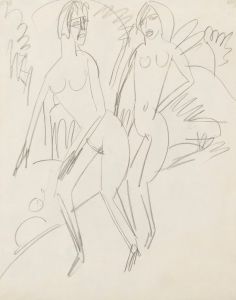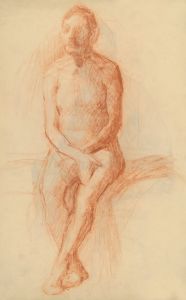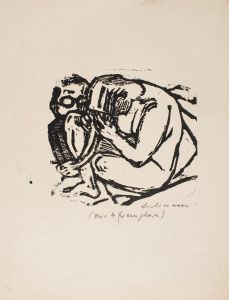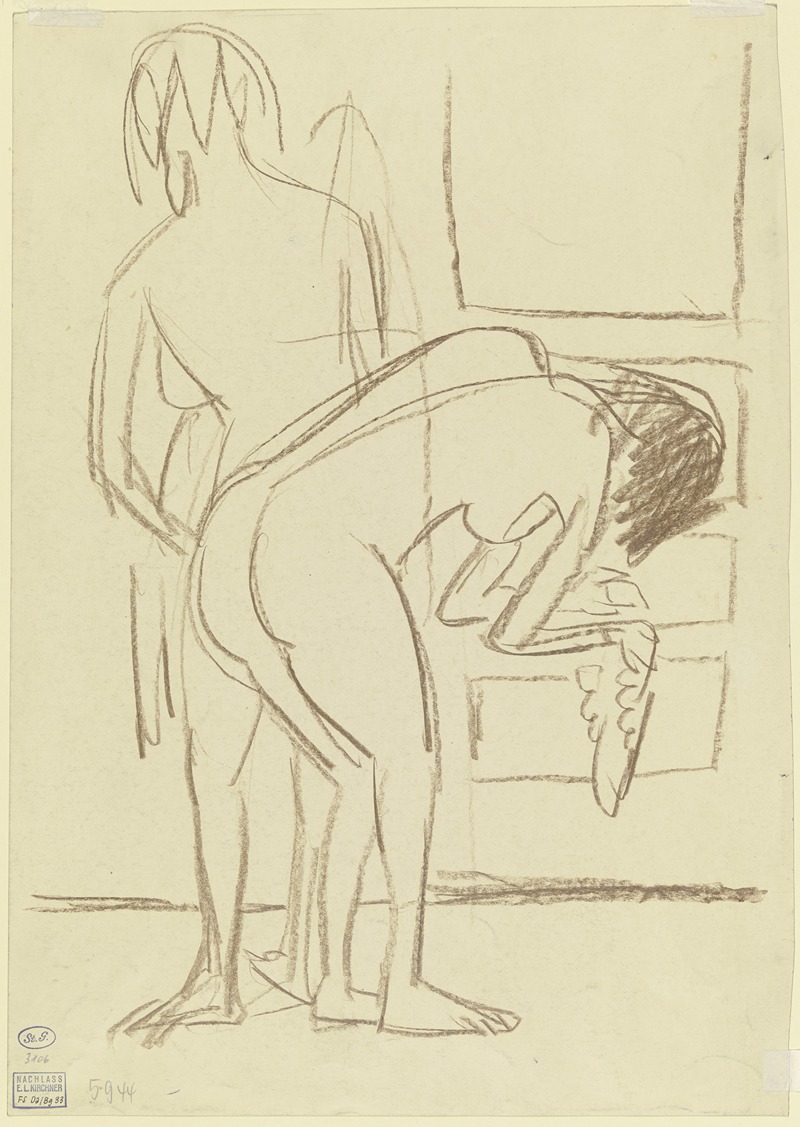
Zwei Frauen, sich abtrocknend
A hand-painted replica of Ernst Ludwig Kirchner’s masterpiece Zwei Frauen, sich abtrocknend, meticulously crafted by professional artists to capture the true essence of the original. Each piece is created with museum-quality canvas and rare mineral pigments, carefully painted by experienced artists with delicate brushstrokes and rich, layered colors to perfectly recreate the texture of the original artwork. Unlike machine-printed reproductions, this hand-painted version brings the painting to life, infused with the artist’s emotions and skill in every stroke. Whether for personal collection or home decoration, it instantly elevates the artistic atmosphere of any space.
"Zwei Frauen, sich abtrocknend" (Two Women Drying Themselves) is a painting by the German expressionist artist Ernst Ludwig Kirchner. Kirchner, born on May 6, 1880, in Aschaffenburg, Germany, was a founding member of the influential artist group Die Brücke (The Bridge), which played a pivotal role in the development of Expressionism in the early 20th century.
The painting, created in 1911, is a quintessential example of Kirchner's work during his time with Die Brücke. The group sought to create a new artistic style that would bridge traditional and modern forms, emphasizing raw emotion and a direct, unfiltered approach to subject matter. Kirchner's work often depicted scenes of urban life, nudes, and landscapes, characterized by bold colors, dynamic compositions, and a sense of immediacy.
"Zwei Frauen, sich abtrocknend" portrays two women in the act of drying themselves after bathing. The figures are rendered with Kirchner's distinctive use of exaggerated forms and vibrant, non-naturalistic colors. The painting captures a moment of intimacy and naturalism, reflecting the artist's interest in the human body and his desire to depict it in a way that was both expressive and unidealized.
Kirchner's technique in this painting, as in many of his works, involves the use of strong, angular lines and a somewhat distorted perspective, which adds to the sense of movement and vitality. The brushwork is vigorous and spontaneous, contributing to the overall dynamic quality of the composition. The use of color is particularly striking, with the figures standing out against a contrasting background, highlighting their forms and the interaction between them.
The painting is also notable for its exploration of themes related to modernity and the human condition. Kirchner and his contemporaries were deeply influenced by the rapid changes occurring in society at the time, including industrialization, urbanization, and shifts in social norms. "Zwei Frauen, sich abtrocknend" can be seen as a reflection of these changes, capturing a moment of personal and private life amidst the broader context of a rapidly evolving world.
Ernst Ludwig Kirchner's career was marked by both critical acclaim and personal struggles. After serving in World War I, he suffered from health issues and a nervous breakdown, which led to his discharge from the military. He spent time in sanatoriums and eventually moved to Switzerland in an attempt to recover. Despite these challenges, Kirchner continued to produce significant works of art until his death on June 15, 1938.
"Zwei Frauen, sich abtrocknend" remains an important piece within Kirchner's oeuvre and within the broader context of Expressionist art. It exemplifies the artist's innovative approach to form, color, and composition, as well as his commitment to exploring the complexities of human experience through his work. The painting is held in high regard by art historians and continues to be studied and appreciated for its contribution to the development of modern art.





